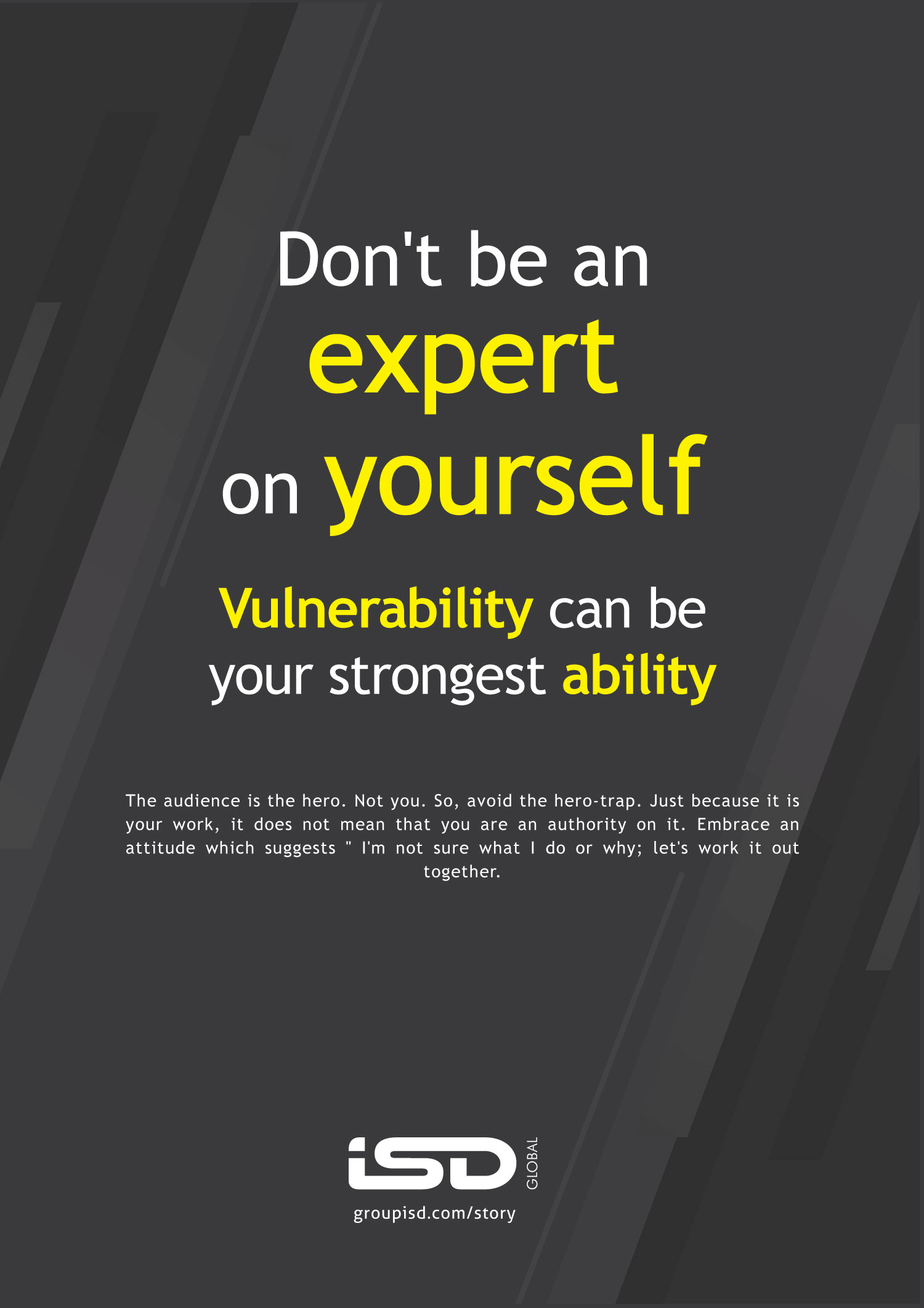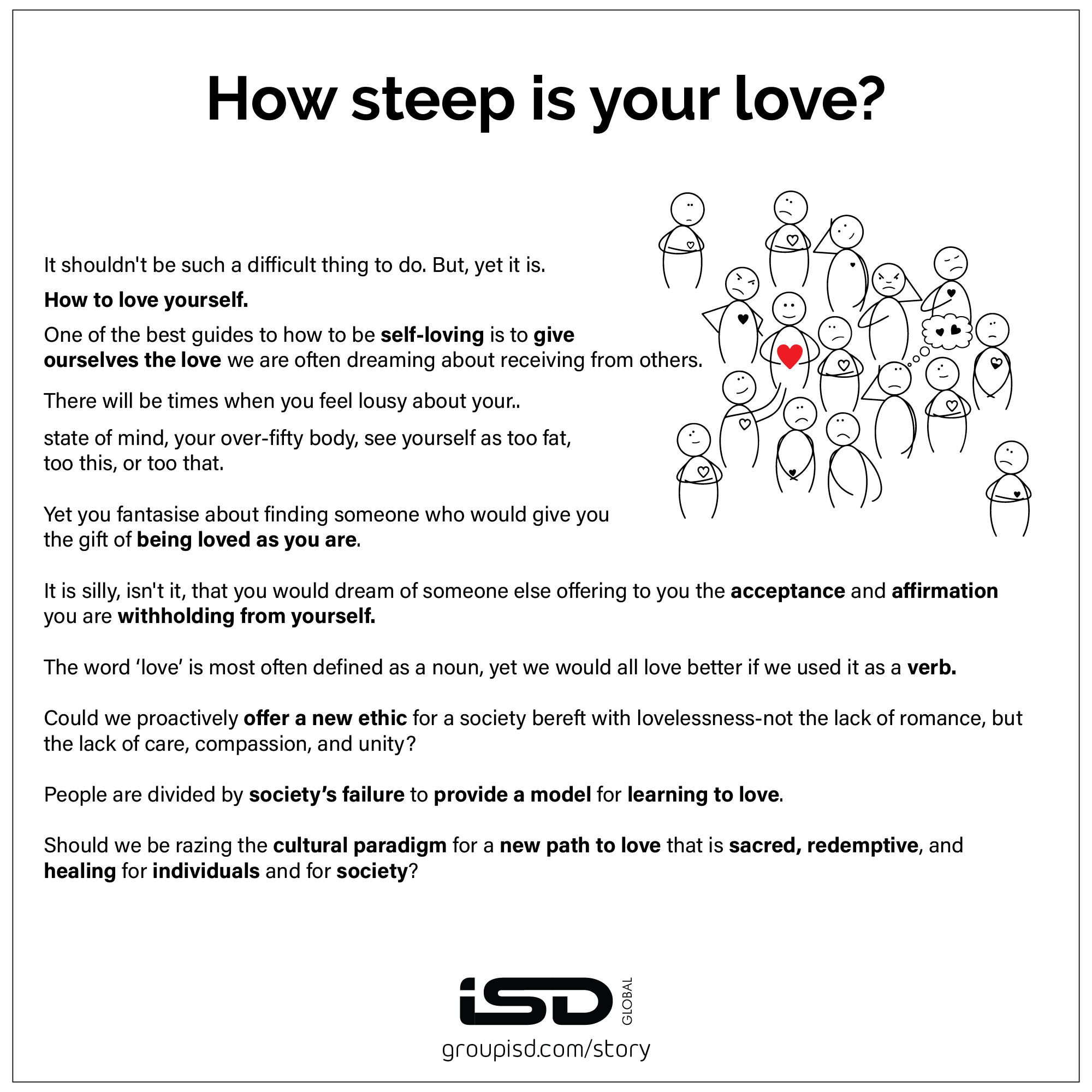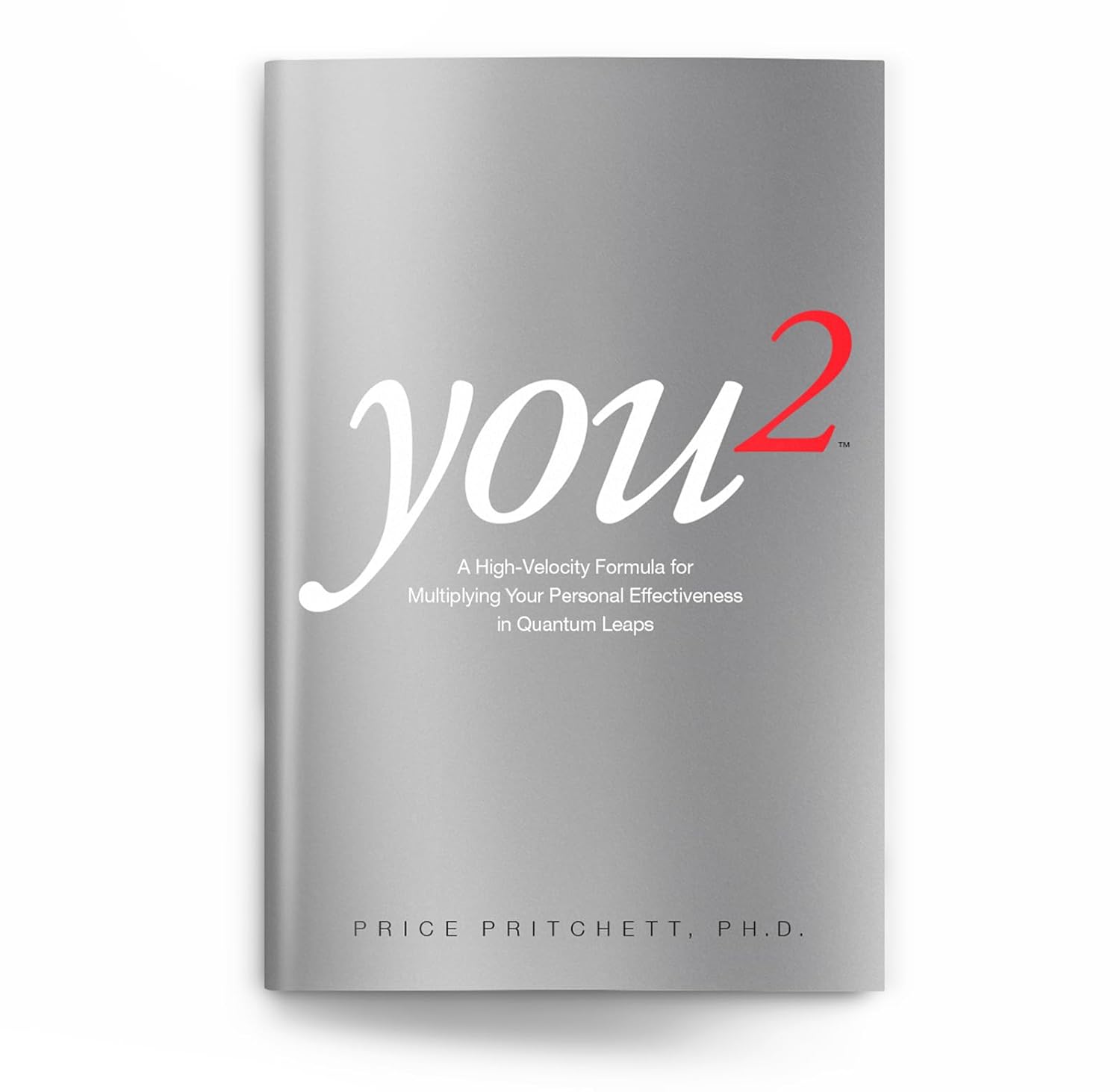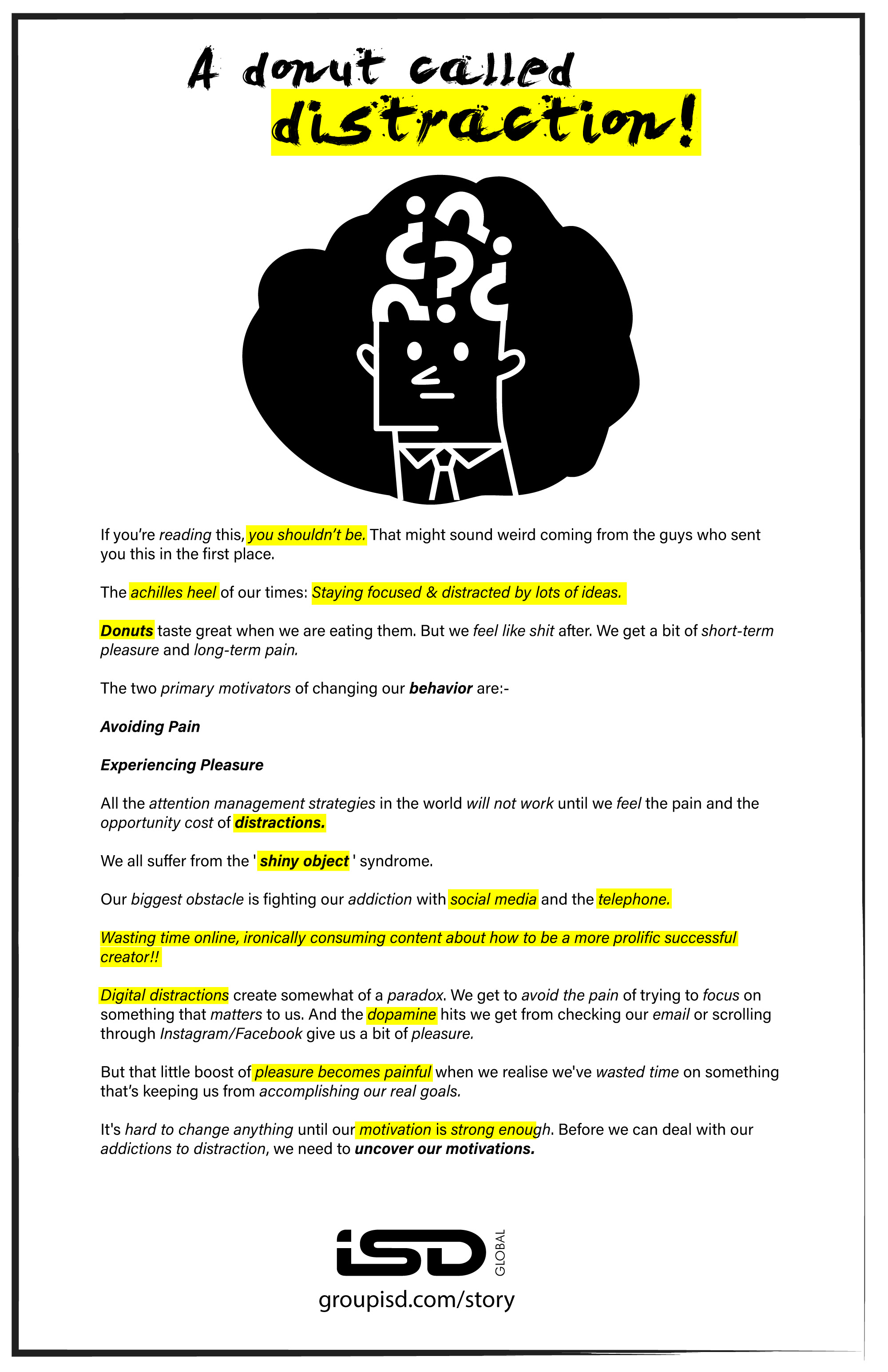Before Business Schools, There Were Backstages!
Long before the corporate zeitgeist worshipped “disruption,” well before consultants coined “brand architecture,” before authenticity became an overused buzzword—there were four kids in garages with guitars, audacity, and zero respect for how things were “supposed” to be done. They didn’t have focus groups. They had feedback: the primal roar of crowds or the deafening silence of empty rooms. They didn’t have brand guidelines. They had instinct, integrity, and the intoxicating freedom of not knowing the rules they were breaking.
Rock bands built empires on gut feelings that MBAs would later package into frameworks. They created tribal loyalty before “community management” existed. They understood scarcity economics while selling out stadiums. They weaponized mystique when transparency was gospel. They made volatility into virtue, danger into differentiation, and vulnerability into invincibility.
A one-legged flutist in a codpiece (Jethro Tull) understood positioning better than most Fortune 500 CMOs. A band that encouraged bootlegging (Grateful Dead) grasped lifetime customer value before CRM software existed. Four guys who refused to put their name on an album cover(Led Zeppelin) knew more about brand equity than agencies billing millions to plaster logos everywhere.
This isn’t nostalgia. This is a field guide to the principles that precede the PowerPoints—the raw, unfiltered DNA of brands that don’t just survive trend cycles, but define eras. These bands didn’t build brands. They built belief systems. And belief, as it turns out, is the only moat that compounds.
So turn it up to eleven. Class is in session.
When Amplifiers Taught Us About Authenticity
1.JETHRO TULL: The Art of Theatrical Contrarianism
The Core Story: While prog-rock peers built castles of complexity, Ian Anderson stood on one leg with a flute, dressed as a medieval minstrel, making classical instruments cool in the age of electric rebellion.
UFP (Unique Feelings Proposition): “You can be intellectual without being inaccessible, eccentric without being exclusive.” Jethro Tull made you feel like the smartest person in the room who could still have fun.
Counter-Intuitive Strategy: They zigged when everyone zagged—bringing folk instrumentation to hard rock, rejecting the “rock god” archetype for theatrical absurdism, and famously winning the first-ever Heavy Metal Grammy (for Crest of a Knave) despite not being metal at all.
The Outlier Moment: Thick as a Brick (1972)—a single 43-minute song presented as a newspaper. They literally wrapped their product in editorial commentary, creating meta-branding before the internet made everyone a critic.
Inspiring Takeaway: Don’t fight for a seat at the table; bring your own furniture. Jethro Tull proved that category creation beats category domination.
Application Across Industries: Like Tesla ignoring auto industry playbooks or Patagonia telling customers not to buy their products, the lesson is simple: conviction in your weirdness creates magnetic differentiation.
2.DEEP PURPLE: The Power of Creative Tension
The Core Story: Built on the volatile chemistry between Ritchie Blackmore‘s neoclassical precision and Ian Gillan’s blues-rock spontaneity, Deep Purple turned internal conflict into sonic gold.
UFP(Unique Feelings Proposition): “Excellence emerges from constructive friction.” They made you feel the electricity of barely-controlled chaos, the thrill of virtuosos pushing each other to the edge.
Counter-Intuitive Strategy: They embraced instability as a feature, not a bug. Multiple lineup changes (Mark I, II, III, IV) didn’t dilute the brand—each became a distinct “product line” with loyal followers. They productized volatility.
The Outlier Moment: Recording Machine Head at the Montreux Casino when it literally burned down during a Frank Zappa concert, inspiring “Smoke on the Water“—the most recognizable guitar riff ever. They turned disaster into their signature.
Inspiring Takeaway: Your brand doesn’t need perfect harmony; it needs productive tension. The Beatles had Lennon-McCartney creative friction; Apple had Jobs-Ive design tension. Conflict, managed well, forges diamonds.
Application Across Industries: Think Google’s “organized chaos” or Amazon’s “disagree and commit” culture. Deep Purple proved that creative abrasion, when channeled properly, produces heat that forges legendary work. For agencies and startups: diverse perspectives in tension often beat comfortable consensus.
3.LED ZEPPELIN: Mystique as Marketing
The Core Story: Four musicians who rarely gave interviews, avoided singles, refused TV appearances, and built the biggest rock empire of the ’70s purely on album sales and live mythology.
UFP(Unique Feelings Proposition): “You want us more because you can’t have us.” Led Zeppelin made you feel like an initiate into secret knowledge, not a consumer of mass entertainment.
Counter-Intuitive Strategy: Anti-promotion as promotion. No singles released in the UK during their prime. No names on the first album cover. Untitled fourth album with mysterious symbols. They made scarcity a sacrament when everyone else was chasing ubiquity.
The Outlier Moment: Led Zeppelin IV (1971)—no band name, no title, just four cryptic symbols. It sold 37 million copies. They proved you could erase your name and still dominate because the work was the signature.
Inspiring Takeaway: Mystery is a moat. Accessibility is overrated. The hardest brand strategy is saying “no” to exposure—but scarcity creates value.
Application Across Industries: Supreme’s limited drops, Hermès’ Birkin bag waitlists, Clubhouse’s invite-only launch—mystique creates desire. In B2B: thought leaders who don’t speak at every conference gain more gravitas. In luxury: less availability equals more aspiration. Zeppelin taught us that the most powerful brand position is “you can’t always get what you want.”
4.THE BEATLES: Perpetual Reinvention as Brand Religion
The Core Story: Four lads from Liverpool who refused to be what they were yesterday. From mop-topped boy band to psychedelic philosophers to stripped-down studio monks—they remade themselves every 18 months while the world watched, copied, and never caught up.
UFP(Unique Feelings Proposition): “We give you permission to outgrow your past self.” The Beatles made reinvention feel safe, even sacred. If they could go from “She Loves You” to “A Day in the Life” in four years, you could evolve too.
Counter-Intuitive Strategy: Kill your golden goose repeatedly. At peak Beatlemania, they stopped touring (1966). After perfecting pop, they invented psychedelia (Sgt. Pepper’s). Post-masterpiece, they stripped back to roots (Let It Be). They made obsolescence a creative mandate, not a market threat.
The Outlier Moment: Sgt. Pepper’s Lonely Hearts Club Band (1967)—they literally created an alter ego band, complete with fictional personas and concept album narrative. They branded away from themselves to transcend themselves, teaching every artist since that your next act requires killing your last one.
Inspiring Takeaway: The most dangerous brand move is standing still. The Beatles proved that loyalty isn’t built on consistency—it’s built on trusted evolution. Fans don’t want the same thing twice; they want to be surprised by someone they trust.
Application Across Industries: Amazon starting with books, then everything. Apple’s evolution from computers to phones to services. Netflix from DVDs to streaming to production. Madonna’s chameleonic decades. These are Beatles blueprints: dominate, then destroy your own playbook before competitors do. For agencies: redefine your services every 3 years. For personal brands: your bio should make your 5-years-ago self unrecognizable. The Fab Four taught us that brands die from calcification, not transformation.
5.PINK FLOYD: Immersive Experience Over Individual Stardom
The Core Story: After Syd Barrett’s departure, Pink Floyd became a collective identity—no frontman, just a sonic architecture that enveloped audiences in audiovisual cathedrals.
UFP(Unique Feelings Proposition): “Transcendence through total immersion.” They didn’t give you songs; they gave you journeys into your own consciousness.
Counter-Intuitive Strategy: De-emphasize the humans, amplify the experience. While contemporaries sold sex appeal and charisma, Floyd sold inflation pigs, circular screens, and quadraphonic sound. They branded the experience ecosystem, not the band.
The Outlier Moment: The Dark Side of the Moon stayed on Billboard 200 for 736 consecutive weeks (over 14 years). They proved that if you create something people want to live inside, they’ll never leave.
Inspiring Takeaway: Your product isn’t the hero—the customer’s transformation is. Pink Floyd pioneered “experiential branding” decades before it was a buzzword.
Application Across Industries: Disney doesn’t sell rides; they sell “magic.” Apple doesn’t sell phones; they sell ecosystems. Starbucks positioned as “third place,” not coffee shop. Nike’s “Just Do It” sells transformation, not shoes. The lesson: architect experiences so complete that people can’t separate the product from their identity. Relevant for hospitality, retail, SaaS onboarding, museum design, healthcare—anywhere human experience is the product.
6.GRATEFUL DEAD: Community as Competitive Advantage
The Core Story: A band that encouraged fans to bootleg concerts, created a ticket system for loyalists (Dead Heads), and generated 95% of revenue from touring when everyone else chased radio hits.
UFP(Unique Feelings Proposition): “You’re not a fan; you’re family.” The Dead made every follower feel like a participant in a living, evolving artwork.
Counter-Intuitive Strategy: Give away your best product for free. They allowed—encouraged!—taping of live shows when the industry was suing bootleggers. This “freemium” model created evangelical fans who spent on tickets, merchandise, travel. They monetized devotion, not content.
The Outlier Moment: Creating a mailing list in the 1970s to sell tickets directly to fans, bypassing Ticketmaster fees—primitive CRM that built a database of 100,000 super fans who could be activated for any tour.
Inspiring Takeaway: Community beats content. Participation beats consumption. Generosity creates loyalty that turns customers into missionaries.
Application Across Industries: Harley-Davidson’s HOG clubs, Peloton’s community features, Salesforce’s Trailblazer community, GitHub’s open-source ethos—all descendants of Dead Head philosophy. For B2B: customer advisory boards, user conferences, and co-creation platforms. For D2C: Discord communities, beta tester programs, ambassador networks. The Dead proved that when you empower your audience to be co-creators, they’ll defend your brand more fiercely than any marketing campaign.
7.BRUCE SPRINGSTEEN: Authenticity as Armor
The Core Story: A working-class kid from New Jersey who rejected glam, rejected shortcuts, and built a 50-year career on three-hour shows and stories of ordinary people’s struggles.
UFP(Unique Feelings Proposition): “Your life, your pain, your hope—seen, heard, honored.” Springsteen made factory workers and waitresses feel like heroes in their own epic.
Counter-Intuitive Strategy: Choose exhaustion over polish. While MTV demanded quick hits and choreography, Springsteen played marathon concerts, refused to lip-sync, and wrote 70+ verses for “The River.” He made effort visible when everyone else was hiding the seams.
The Outlier Moment: Pulling “Born in the USA” from Reagan’s campaign despite it being career-advantageous politically, because the message was being distorted. He chose brand integrity over short-term gain.
Inspiring Takeaway: Authenticity isn’t a tactic; it’s a 50-year commitment. Your brand is what you protect when compromising would be profitable.
Application Across Industries: Patagonia’s environmental activism even when costly, Costco’s refusal to raise hot dog prices, In-N-Out’s limited menu focus—these are Springsteen strategies. In professional services: thought leaders who admit “I don’t know,” consultants who fire bad-fit clients, agencies that show process not just results. For personal branding: sharing failures, maintaining principles during market downturns, consistency across decades. The Boss taught us that the most valuable brand asset is the one that can’t be counterfeited—your actual values.
8.THE DOORS: Danger as Differentiation
The Core Story: Jim Morrison positioned The Doors as shamanic rock poets—part Dionysian theater, part literary revolution, all unpredictability. No bass player, just organ filling the low end, creating a sound as unconventional as their image.
UFP(Unique Feelings Proposition): “We’ll take you to the edge, and maybe over it.” The Doors made you feel like you were accessing forbidden knowledge, flirting with danger from your bedroom.
Counter-Intuitive Strategy: Weaponize volatility. Where professionalism was prized, Morrison made unpredictability the product. Would he show up? Would he get arrested? This unreliability became mythology.
The Outlier Moment: Morrison’s arrest in Miami (1969) for “indecent exposure” could have ended the band—instead it cemented their outlaw brand. They turned scandal into legend, controversy into currency.
Inspiring Takeaway: Sometimes the brand promise is risk itself. Calculated danger creates stories; stories create immortality.
Application Across Industries: Red Bull’s extreme sports sponsorships, Cards Against Humanity’s offensive humor as feature, Ryanair’s CEO’s deliberately provocative statements—they all channel Doors energy. In tech: move-fast-and-break-things startup culture. In marketing: controversial campaigns that polarize (Nike’s Kaepernick ad). The lesson: if everyone likes you, you’re forgettable. The Doors proved that making some people uncomfortable can make others devoted—as long as you’re authentic to your core. Not for every brand, but powerful for those with courage.
9.METALLICA: Evolution Without Abandonment
The Core Story: Thrash metal pioneers who survived lineup tragedy (Cliff Burton’s death), mainstream sellout accusations (Black Album), and Napster backlash by evolving while respecting roots.
UFP(Unique Feelings Proposition): “We grow, but we never forget where we came from.” Metallica made fans feel that aggression and sophistication could coexist, that success didn’t require betrayal of origins.
Counter-Intuitive Strategy: They fought their fans’ wishes to preserve their vision. The Black Album (1991) was “too commercial” for purists—and became the best-selling album of the SoundScan era (17+ million in US). They chose expansion over appeasement.
The Outlier Moment: Some Kind of Monster documentary (2004)—showing therapy sessions, creative conflicts, weakness. They demystified the band at career peak, turning vulnerability into renewed credibility.
Inspiring Takeaway: Evolve visibly and explain nothing. Then, when challenged, show your humanity completely. Metallica mastered the balance between confidence and transparency.
Application Across Industries: Netflix’s shift from DVDs to streaming despite backlash, Adobe’s Creative Suite to Creative Cloud migration, Microsoft’s Satya Nadella transformation—all Metallica moves. For agencies: transitioning from traditional to digital services. For restaurants: elevating the menu while keeping signature dishes. The lesson: growth requires alienating some day-one fans, but if you’re authentic about why you are evolving, the right audience will follow. And when attacked, radical transparency can transform critics into respectors.
10.SCORPIONS: Longevity Through Reinvention
The Core Story: German rockers who went from psychedelic prog to heavy metal to power ballads, surviving 50+ years by reading cultural shifts and pivoting without losing identity.
UFP(Unique Feelings Proposition): “Epic emotion, delivered with Germanic precision.” Scorpions made you feel grandeur—whether through shredding solos or orchestral ballads—always with meticulous craftsmanship.
Counter-Intuitive Strategy: Embrace the power ballad when you’re a metal band. “Wind of Change” (1990) became the anthem of Soviet collapse—not through heaviness, but through tenderness. They proved genre flexibility beats genre purity.
The Outlier Moment: “Wind of Change” selling 14+ million copies globally, becoming a geopolitical moment, showing that a rock band could score history itself by reading the room (the zeitgeist) perfectly.
Inspiring Takeaway: Longevity demands genre-fluidity. Your brand can be a “both/and” not just an “either/or.” Metal and ballads. German and global. Hard and soft.
Application Across Industries: IBM’s shift from hardware to services to cloud, Nintendo’s toy company to video game empire evolution, LEGO’s near-bankruptcy rescue through media franchises—all Scorpions-level pivots. For professional services: law firms adding consulting, consulting firms adding implementation. For product companies: Apple from computers to lifestyle ecosystem. The lesson: your core competency (Scorpions = emotion + precision) can manifest in radically different forms over time. Don’t confuse format with essence. The brands that last 50 years + are those that keep their soul while constantly updating their body.
THE UNIFIED THEORY: What Rock Taught Branding
These legends didn’t follow marketing textbooks—they wrote them in power chords and poetry. The patterns are clear:
1. Conviction Over Consensus: Jethro Tull’s flute, Zeppelin’s mystique, Dead’s free taping—all initially seemed insane.
2. Experience Over Product: Pink Floyd and Springsteen sold transformation, not songs.
3. Community Over Customers: Grateful Dead pioneered what tech calls “network effects” in 1967.
4. Authenticity Over Perfection: The Doors’ chaos, Metallica’s therapy—vulnerability connects deeper than polish.
5. Evolution Over Preservation: Scorpions and Metallica stayed relevant by growing uncomfortably.
6. Tension Over Harmony: Deep Purple’s friction created sparks; comfort creates mediocrity.
7. Scarcity Over Ubiquity: Zeppelin proved less can be infinitely more.
These aren’t music lessons. They’re master classes in building brands that don’t just survive—they become monuments.
Rock on.






